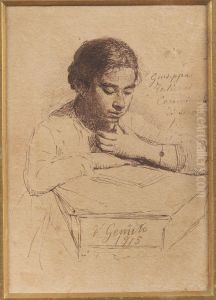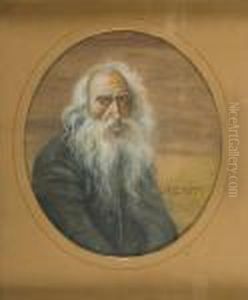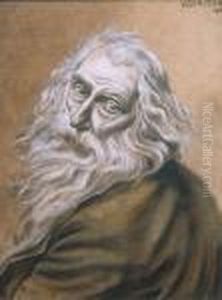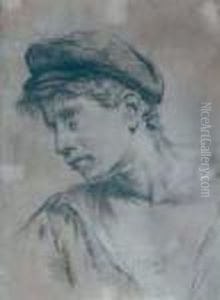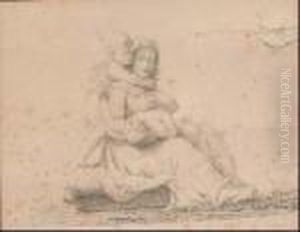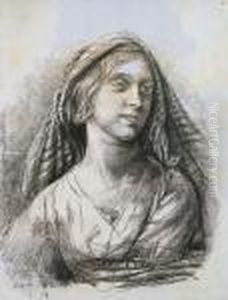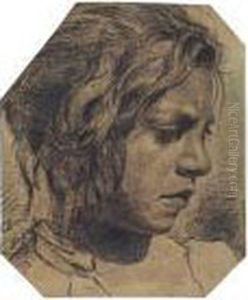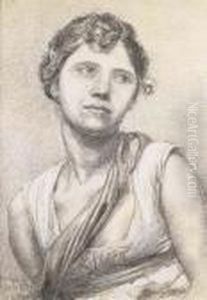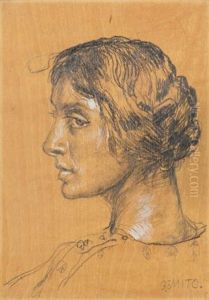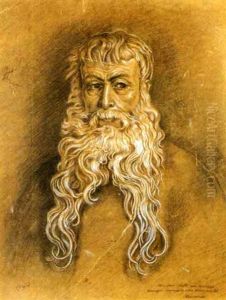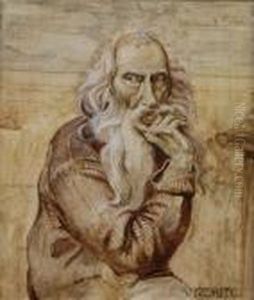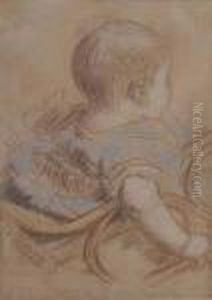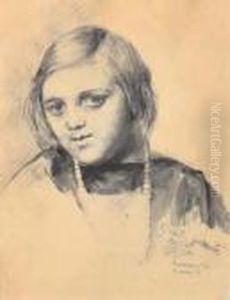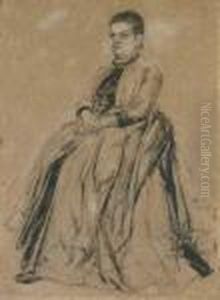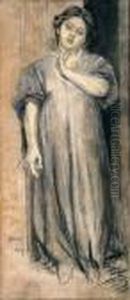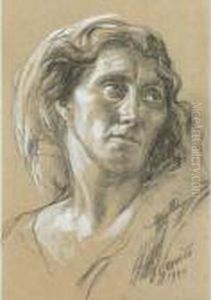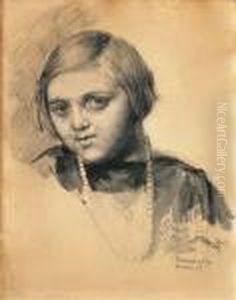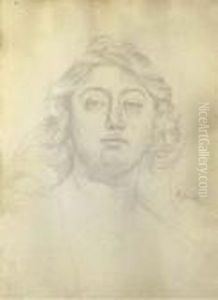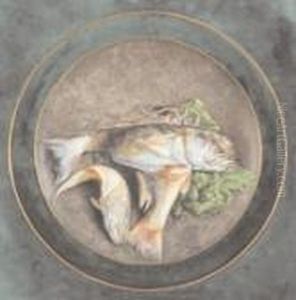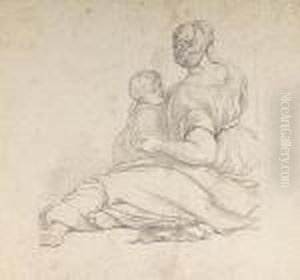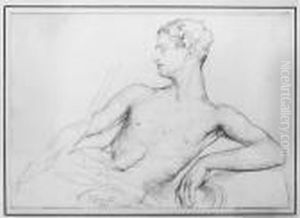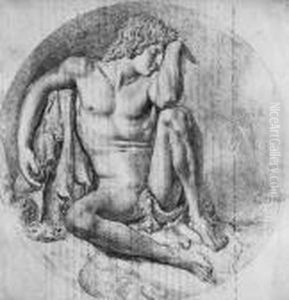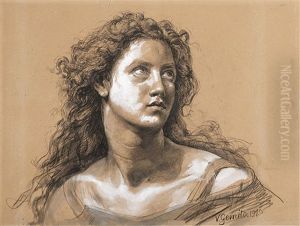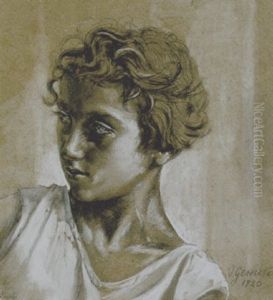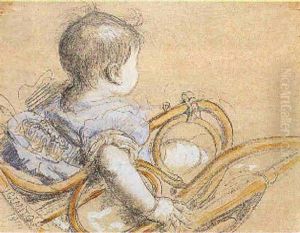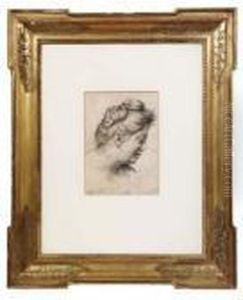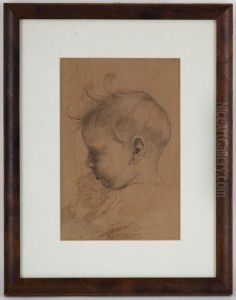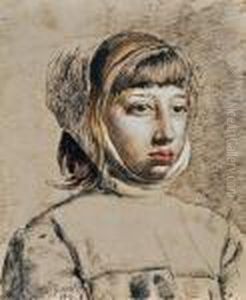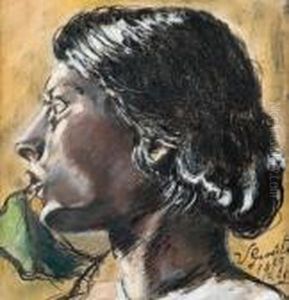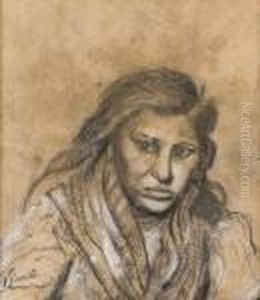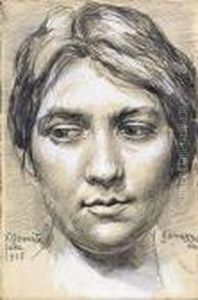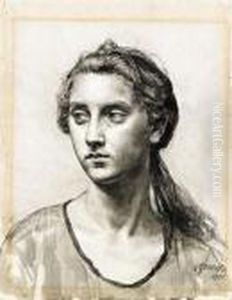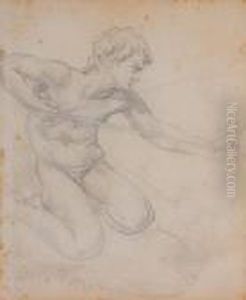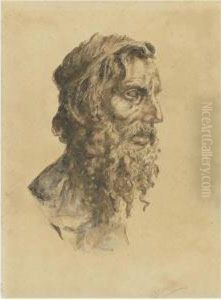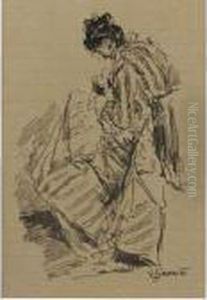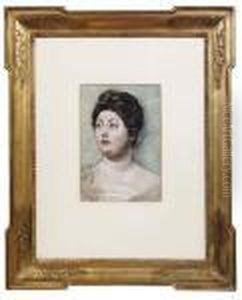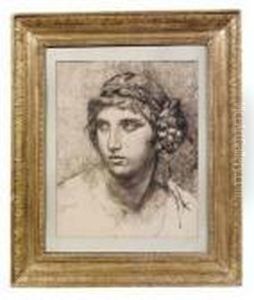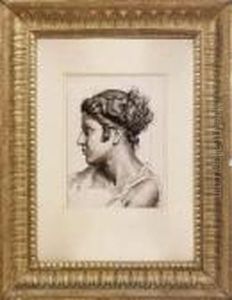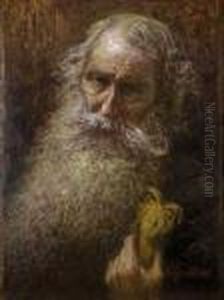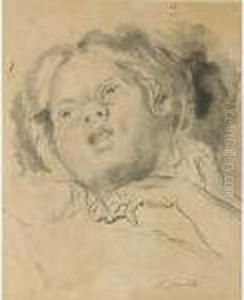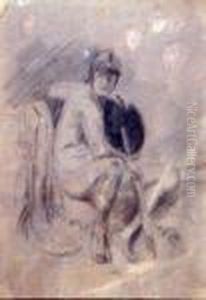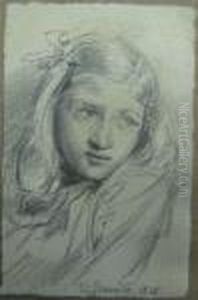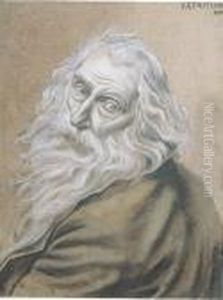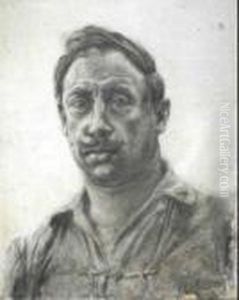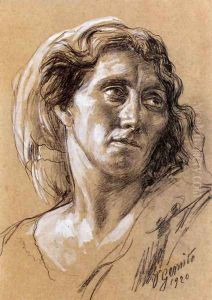Vincenzo Gemito Paintings
Vincenzo Gemito was an Italian sculptor, draughtsman, and artist, born in Naples on July 16, 1852. He was an influential artist in the 19th and early 20th centuries, known for his realistic sculptures and intense character studies. Gemito's early life was marked by hardship; he was found abandoned at the age of one day old and was subsequently raised in an orphanage. Despite these difficult beginnings, Gemito displayed a talent for art from a young age, and his skills were honed under the tutelage of sculptor Emanuele Caggiano and later at the Academy of Fine Arts in Naples.
Gemito's work was characterized by a remarkable attention to detail and a focus on capturing the emotional and psychological depth of his subjects. His sculptures often featured street children, fishermen, and other figures from the Neapolitan lower classes, which he portrayed with empathy and realism. One of his most famous works is the bronze statue 'The Fisher Boy' (also known as 'The Street Urchin'), created in 1875, which earned him critical acclaim and success.
Throughout his career, Gemito dealt with psychological issues, which at times affected his ability to work. Despite these challenges, he continued to produce a significant body of work that included not only sculptures but also drawings and engravings. His art was appreciated for its vitality and its capacity to capture the spirit of the Italian people, particularly those from his native Naples.
Gemito's influence extended beyond Italy, and he was recognized internationally during his lifetime. He exhibited his work in Paris at the Exposition Universelle in 1878, where he was awarded a gold medal, and his sculptures were collected by notable patrons from around Europe.
Vincenzo Gemito's later years were marked by a return to activity after a period of seclusion due to his mental health struggles. He continued to work and create art until his death in Naples on March 1, 1929. Today, Gemito is remembered as one of the leading sculptors of the late 19th century, and his works are held in numerous public and private collections around the world.
